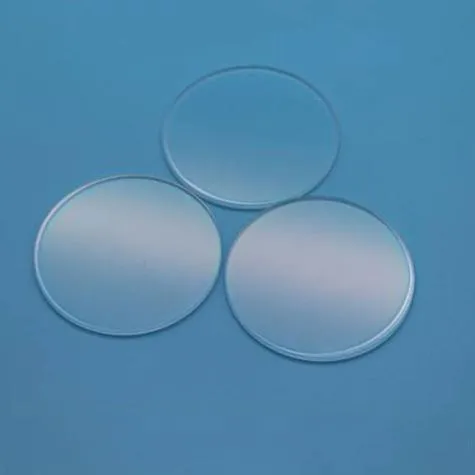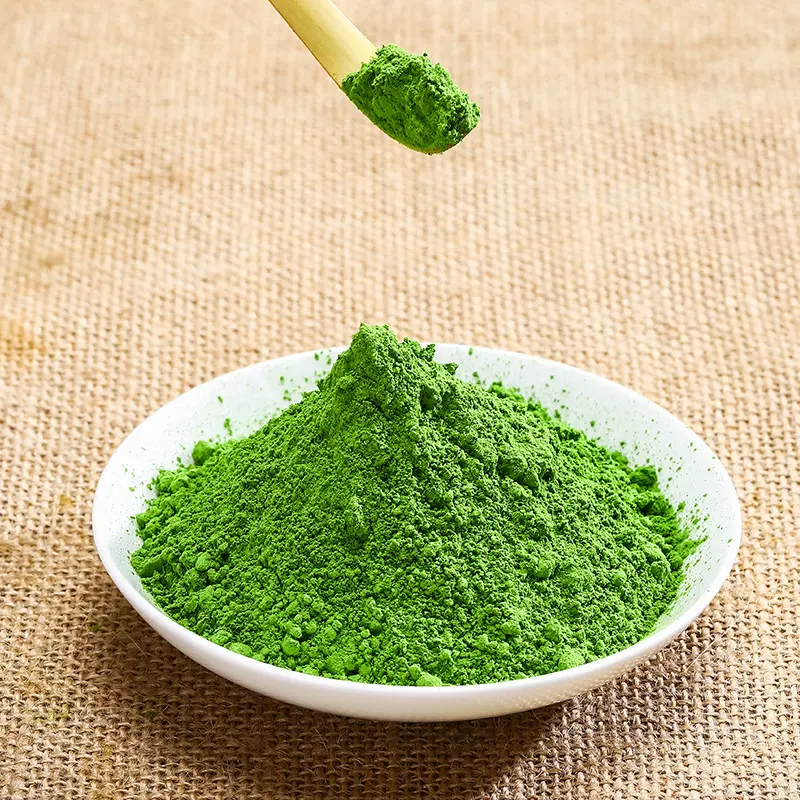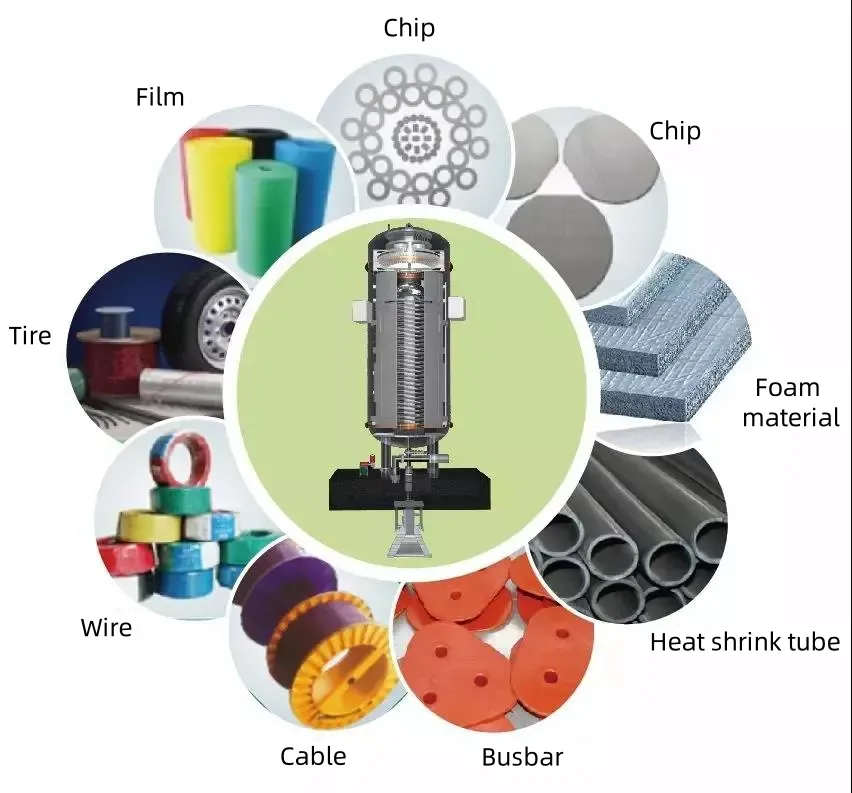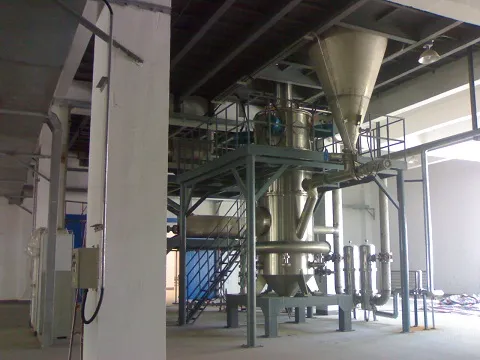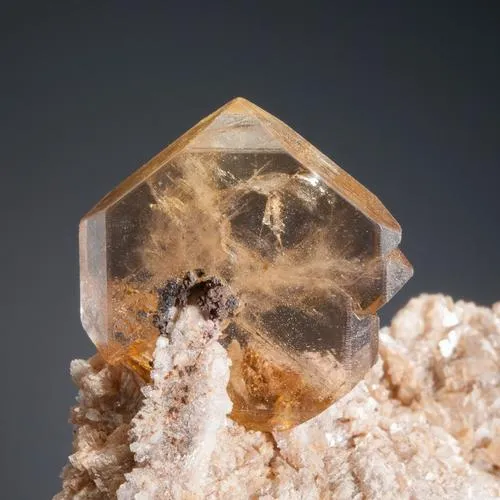Classification and Performance Effects of Different Zinc Oxides
As an important inorganic compound, zinc oxide is widely used in many fields. Depending on the classification criteria, it can be categorized in several ways. Different types of zinc oxide exhibit varying properties, which determine their specific functions and applications. The following sections elaborate on the classifications, differences, and functions of various forms of zinc […]
Classification and Performance Effects of Different Zinc Oxides Read More »
